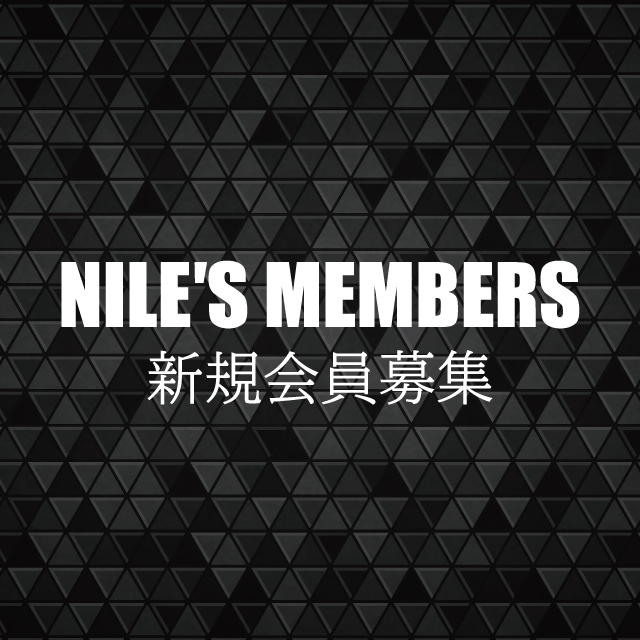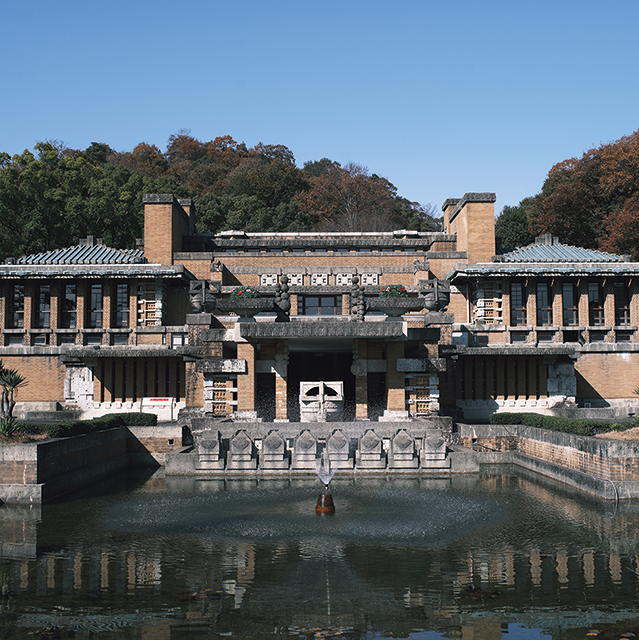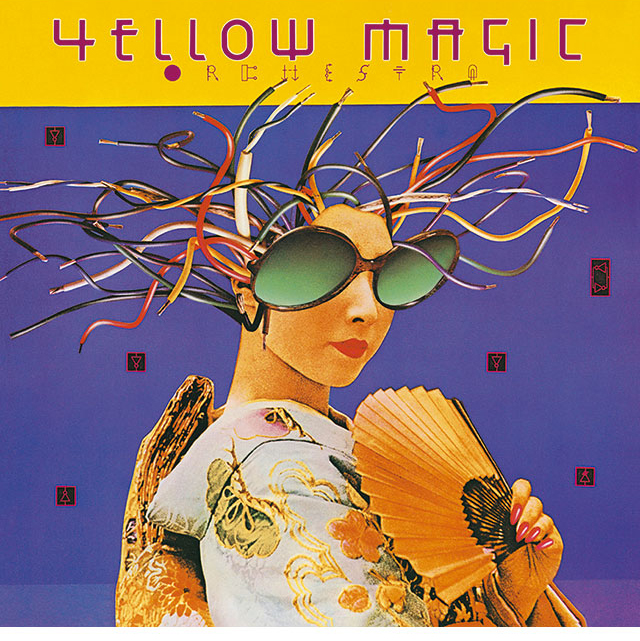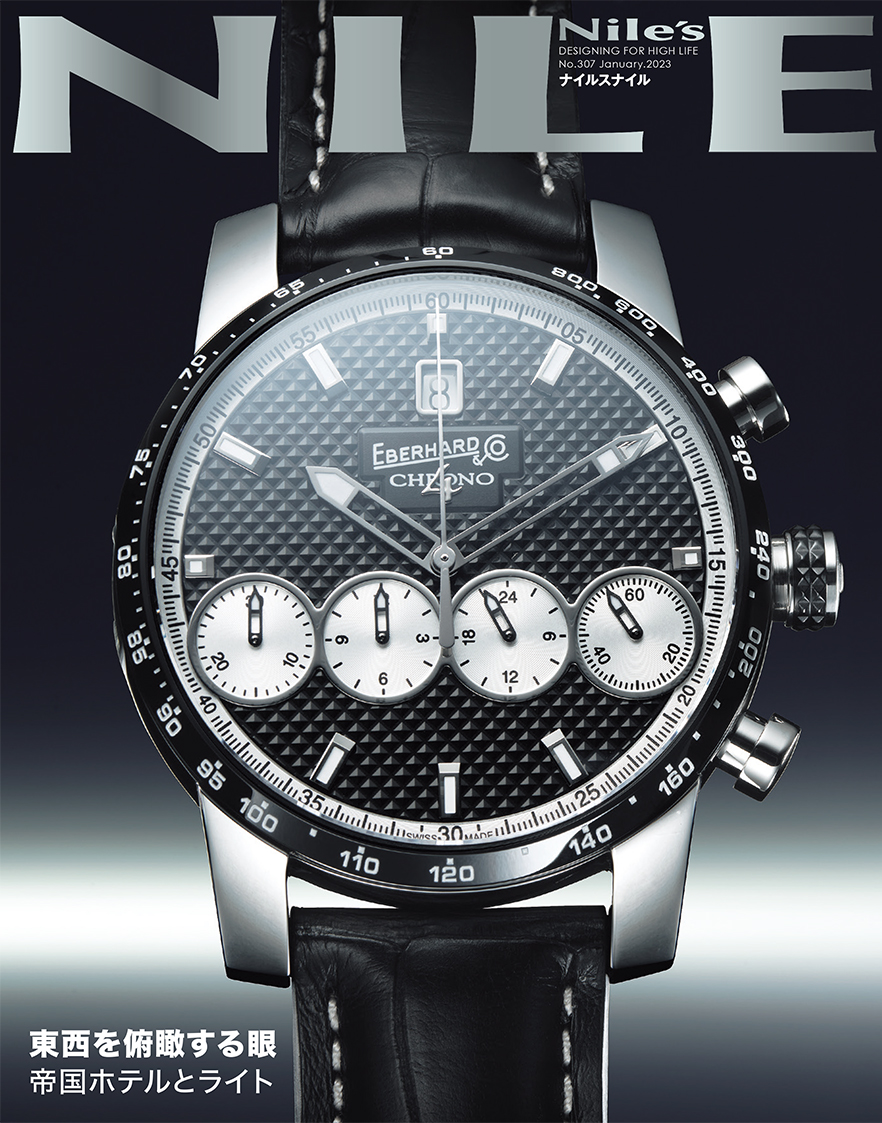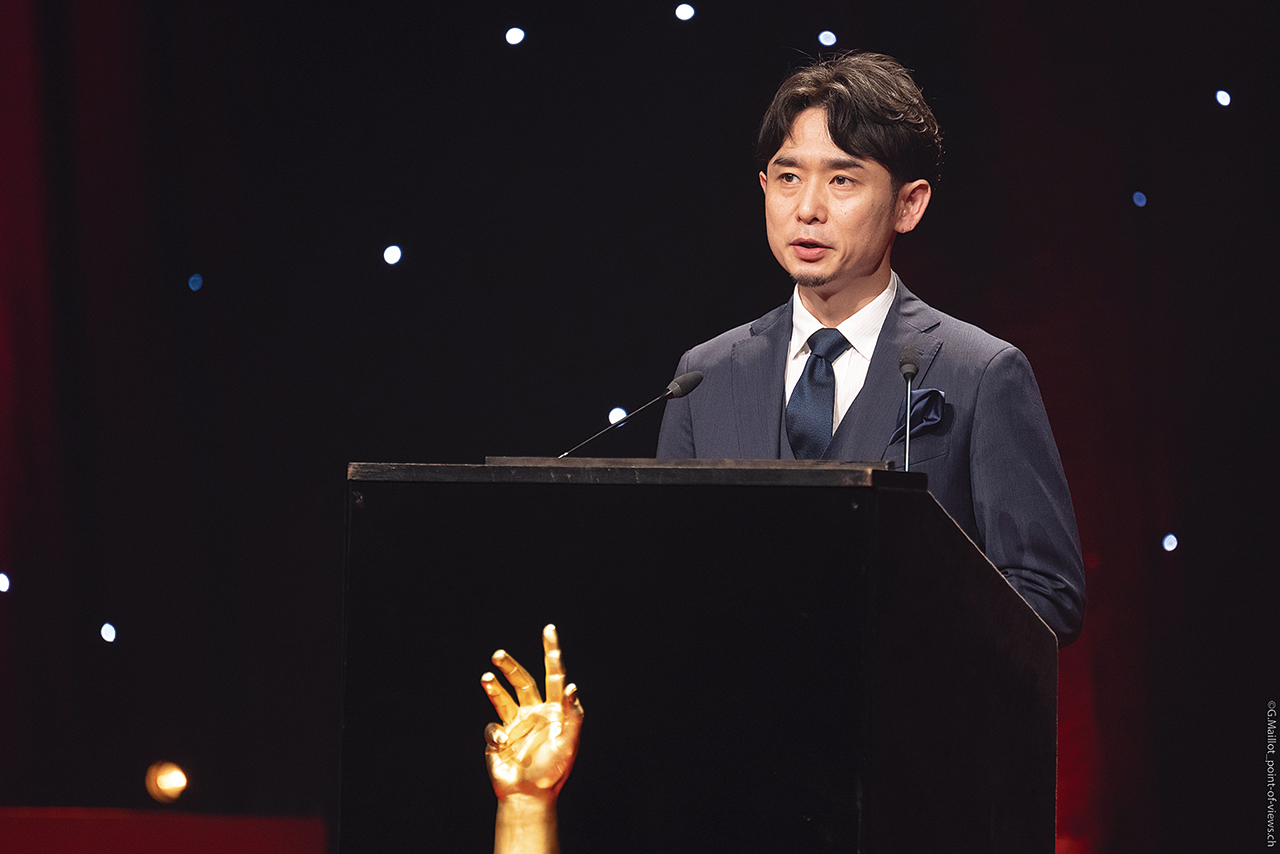
Born in 1978 in Shizuoka Prefecture, Japan. After graduating from Tokyo Institute of Technology, he devoted himself to music, but in 2008, he was fascinated by the “Simplicity” production video by Philippe Dufour, a leading independent watchmaker, which opened his eyes to watches. In 2010, he joined Seiko Instruments Inc. (now Seiko Watch Co., Ltd.) and was assigned to the R&D Center, where he presented the idea of a constant-force tourbillon in 2012 and promoted the project. In 1985, he completed the prototype calibre T0. In 2022, he will launch the Grand Seiko Kodo Constant-Force Tourbillon SLGT003 equipped with Caliber 9ST1, which has been brushed up and downsized.
When I first joined Seiko, I thought that although Seiko made good and serious watches, it would be nice to have more sex appeal and playfulness, and my main motivation was to increase the value of the brand. When I said I wanted to work on a complication mechanism, a project was launched in 2012 to create a watch that had never been seen before, and among the ideas that were put forward by the volunteer members, one that I submitted was a coaxial constant-force tourbillon.
It is surprising that the prototype idea was sketched out in about 30 minutes after the idea struck him, and it took shape almost as is. But why the constant-force tourbillon?
The root of all precision errors is a reduction in the torque of the mainspring, which lowers the balance swing angle. The constant-force mechanism, which keeps the torque constant, can solve this problem at the same time. Since tourbillons can cancel longitudinal attitude differences, if we can eliminate the two major sources of error, we can improve accuracy considerably.
At the time, Seiko was beginning to explore high value-added and globalization, with radio-controlled watches as its mainstay. 2012 saw the launch of Astron, a GPS solar-powered watch, followed by the first tourbillon model, Credor FUGAKU, in 2004, and in 2005 the announcement of Grand Seiko as an independent brand.
There were people all over the company who wanted to introduce high value-added watches to the world, and the development of Kodo, which took 10 years to complete, just happened to come at a time when such a trend was bearing fruit. I feel that the timing was strangely coincidental.



